It seems like I just was just here, writing a post about a completed model. Well, yes, I was with my Grumman Albatross. I made a conscious decision to move right through this new kit, Kinetic’s Grumman S-2E Tracker, and as it turns out, this kit is not nearly the challenge that the Grumman E-2C Hawkeye was.

This kit has some head-scratching curiousities. The wheel wells are well-detailed out of the box, but the cockpit is about as basic as one can get. The ordinance bay is essentially a hollow shell, and the spotlight, with its big, clear covering, provides no internal detail, not even a rudimentary light fixture. While the R-1820 radials are decent, there are no exhaust stacks provided.
I updated the cockpit by adding a center control console that my references said should be there. I gave that console some depth with additional pieces of styrene cut to small rectangles to replicate “controls”. The seats were rudimentary with no belts, not unexpected as with most kits, but also no arm rests. So I added arm rests and cut out belts from paper grocery bag scraps. Of course, very little of this detail is actually visible.
In the ordinance bay, I added some rib details, and for the search light, I cut out a small disk of styrene, painted it chrome silver, and gave that part at least a semblance to what it likely should look like. For the exhaust stacks, while the kit does not provide them, I took small sections of sprue from the kit, drilled out the ends, and installed. I never found any references to determine how many stacks should be visible, and in any event, I didn’t have anything small enough to add any more than the 1 stack per opening.
Unlike the Hawkeye, the Tracker goes together relatively fuss-free. The only real issue I had was with my particular kitting, as the nose gear strut was badly warped. I attempted to rectify by holding it under hot water to reposition, but despite several attempts, it never did set into the proper position. I was able to re-align it to a degree, as right out of the box that part was never going to fit correctly.
Decals performed well.
Oh, photos probably won’t reveal this, but the Tracker is a tail-sitter. I added a bunch of weight just behind the cockpit, and all of my test fitting showed that it was sufficient although just barely. When I finally installed the landing gear earlier today, plop right onto that big tail. I had anticipated that possibility, so had not installed the engines. I added additional weight behind the engines, but even that did not put the Tracker down on its nose gear. By that time I was starting to get a bit nervous about the strength of the plastic struts, so decided enough was enough. (The Tracker is going to be mounted on one of my display walls, so not really an issue).
Top-side paint is Polly Scale US Light Gull Gray with Vallejo Insignia White control surfaces, which is also the entire underside. Highly diluted flat black for the exhaust staining, and a coat of Flory Dark Dirt Wash for weathering.
The upgraded cockpit:
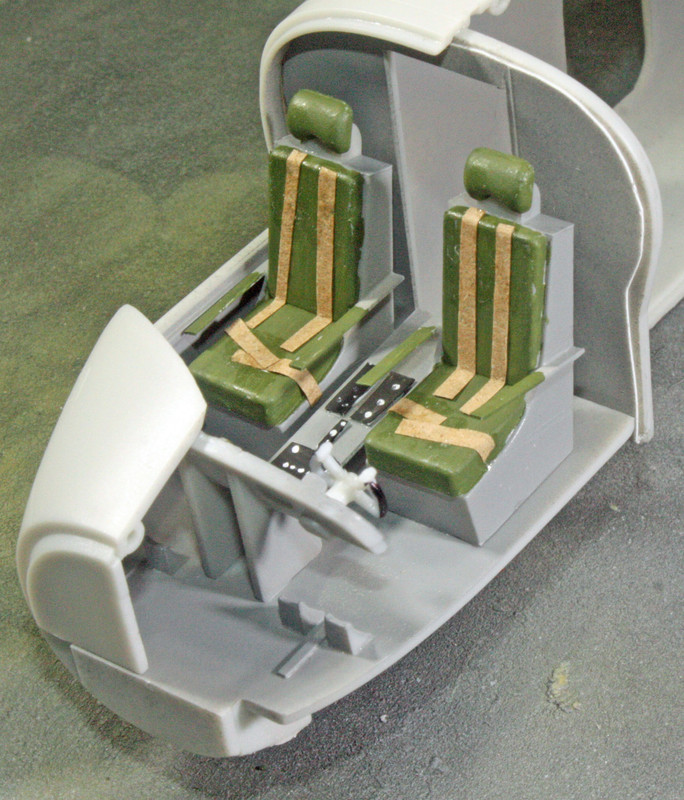
Completed build:
 This one shows how warped the nose gear is.
This one shows how warped the nose gear is.
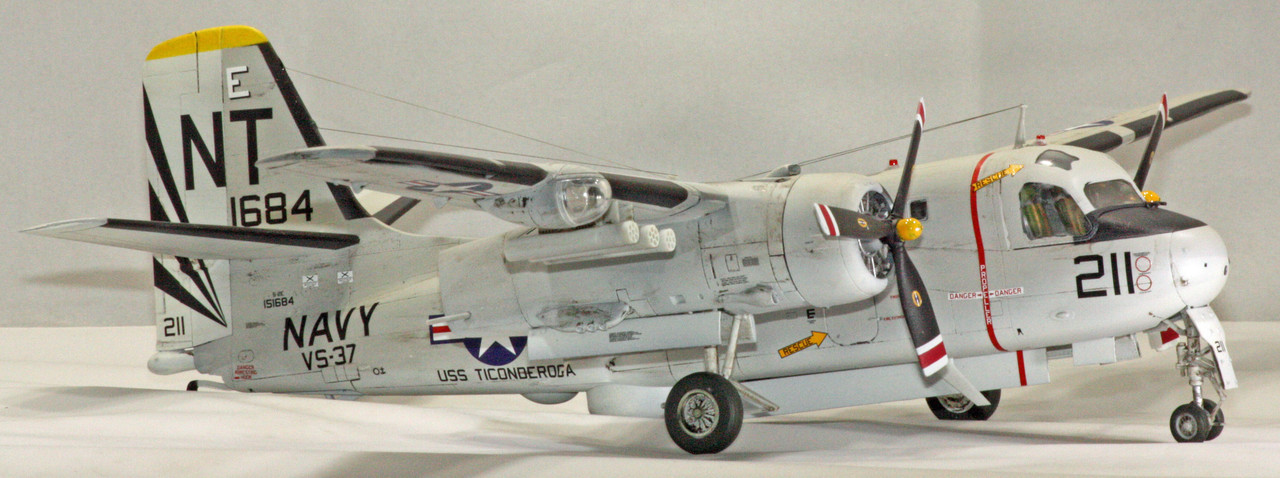
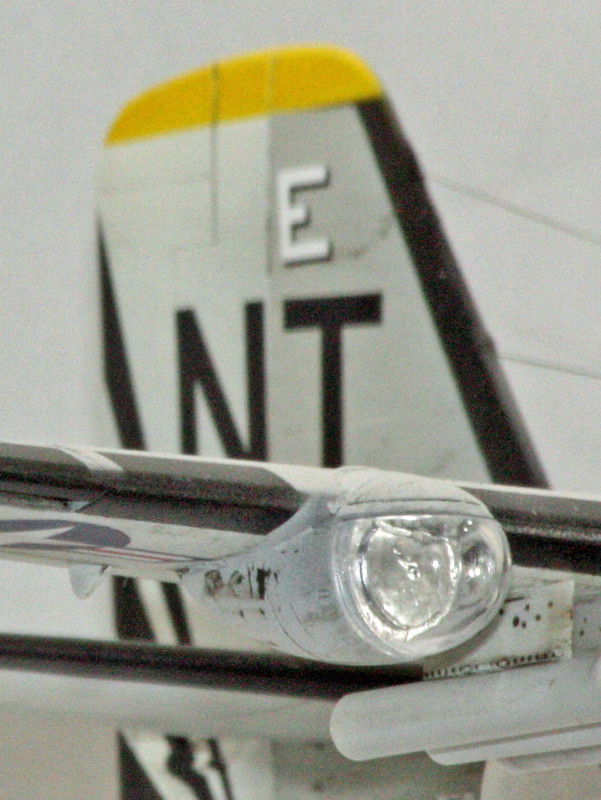


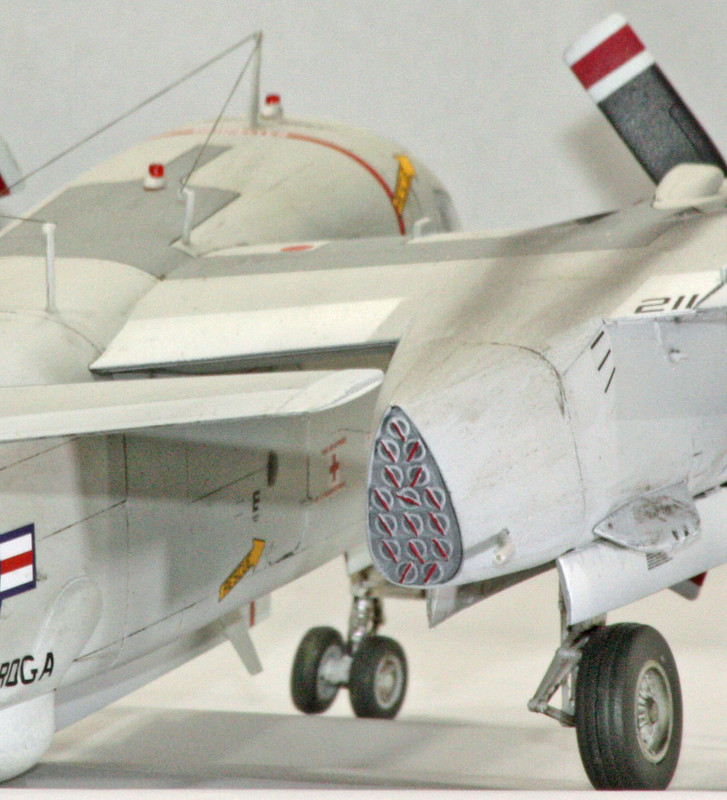
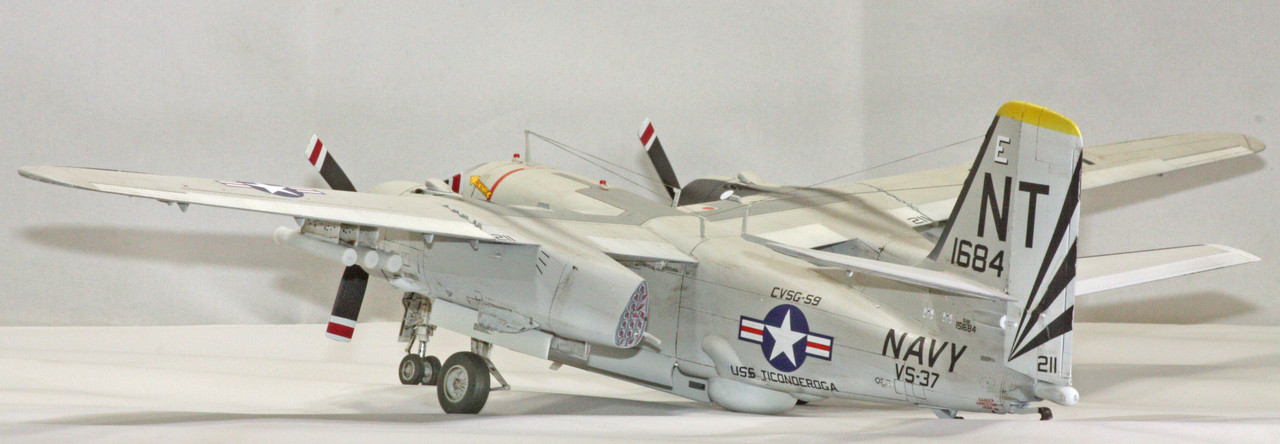
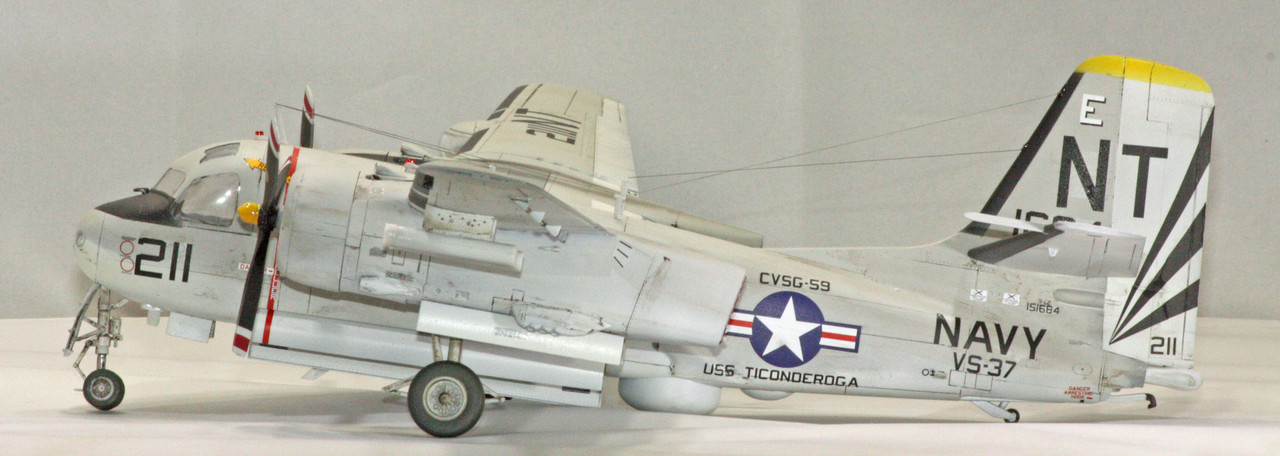


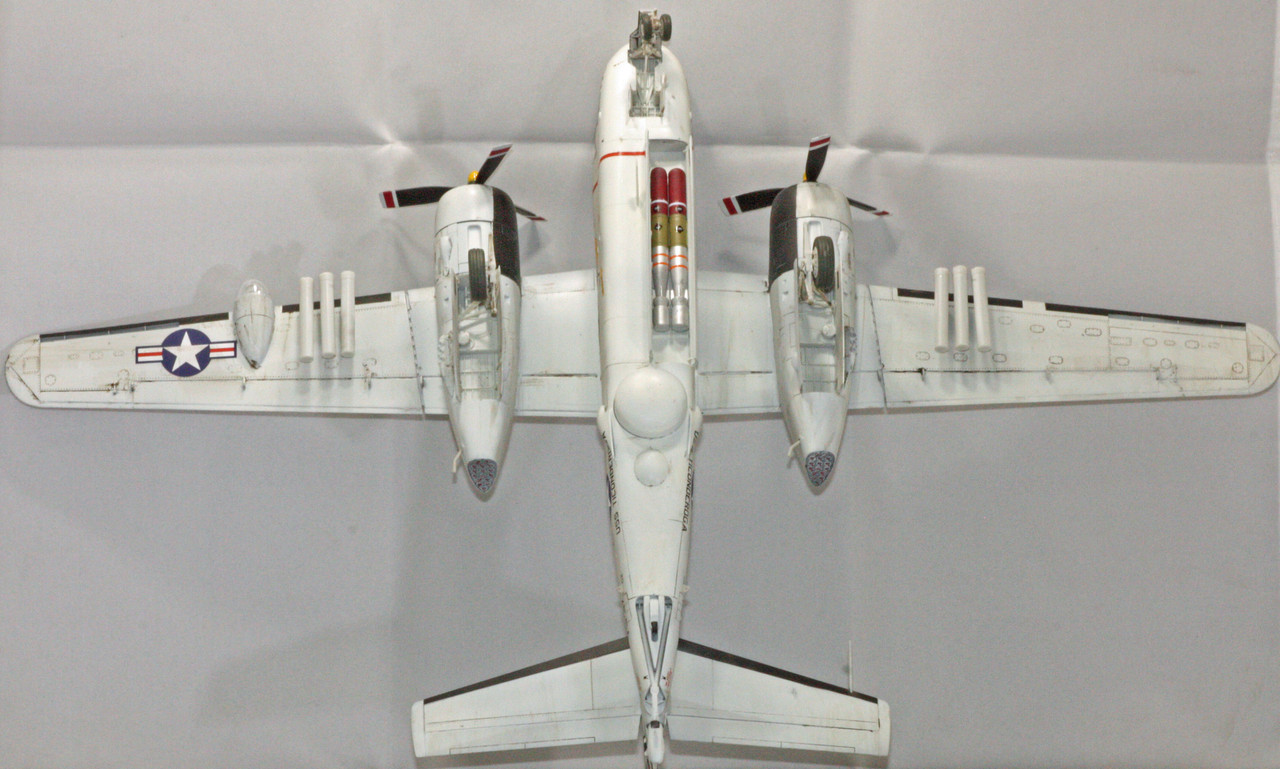

Next up - MPM’s 1/48 Heinkel He177A-5 Grief. I don’t expect to punch that one out in 3 days, however.



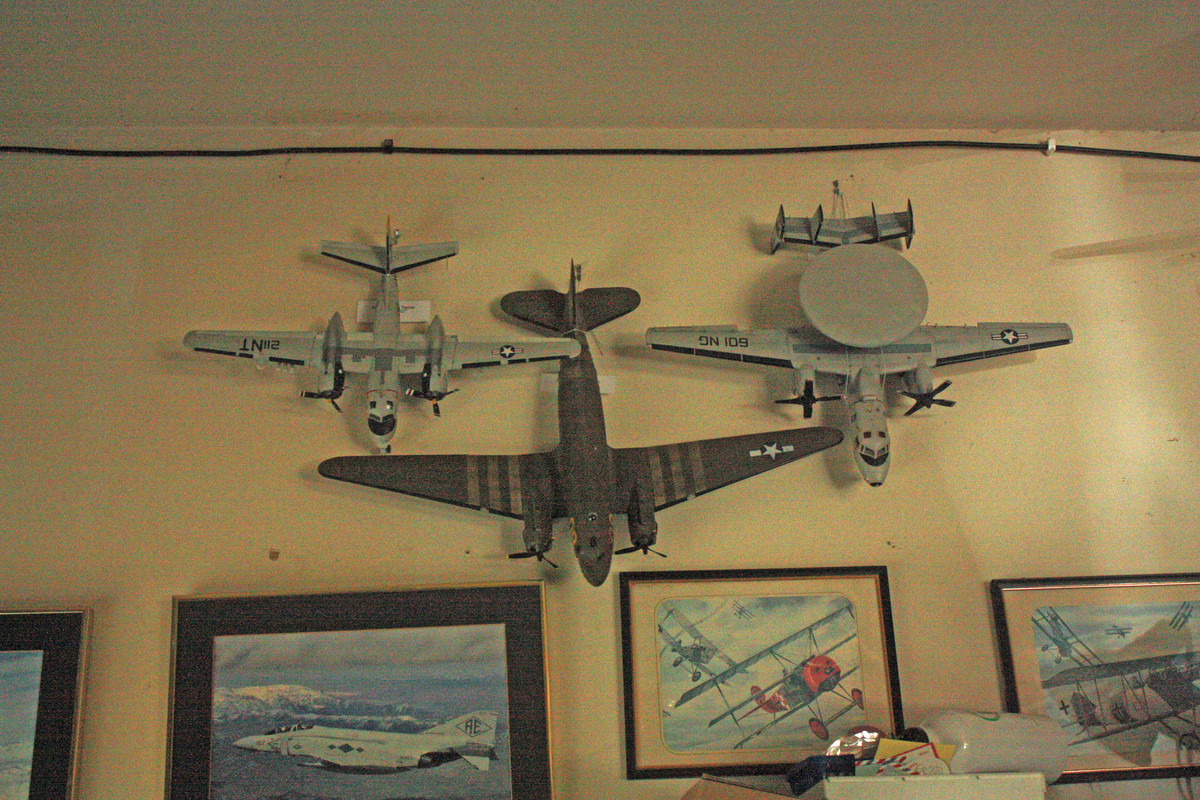 In looking closer at the picture, you can make out the rigging, very faint …
In looking closer at the picture, you can make out the rigging, very faint …